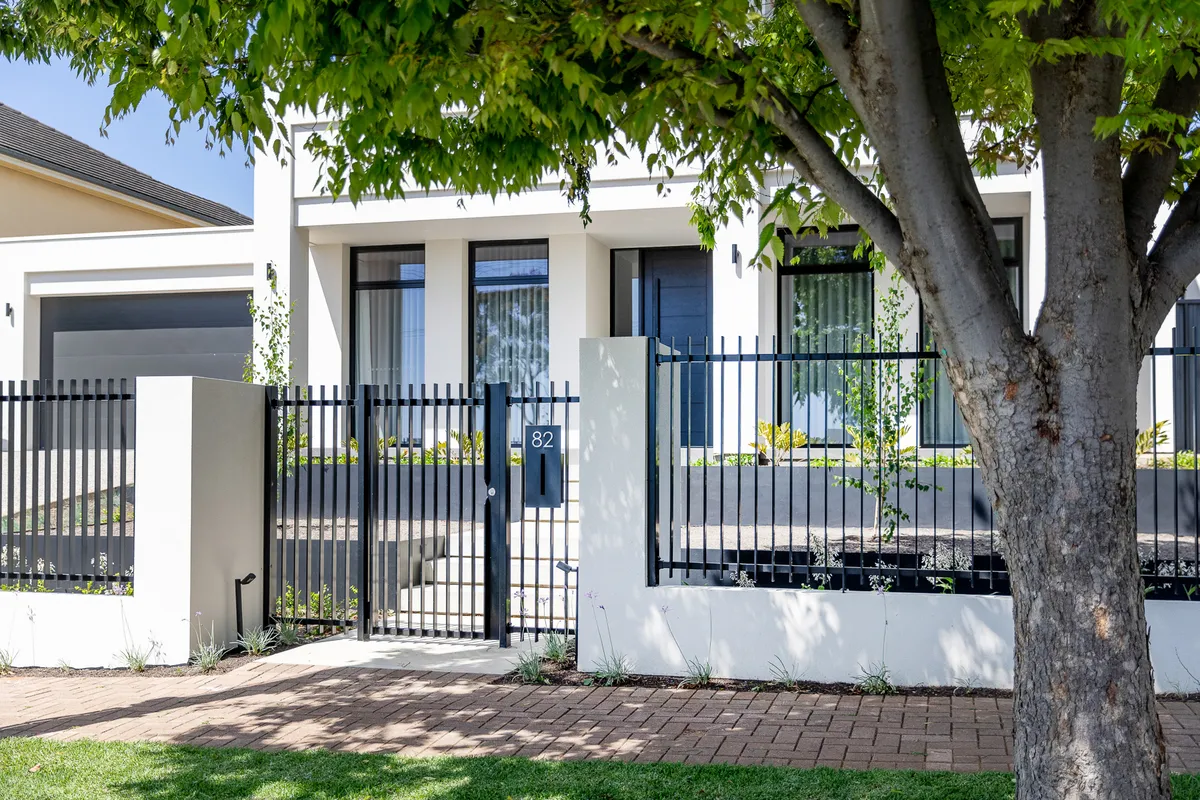Dec . 16, 2024 16:35 Back to list
gi gabion
The Versatility of Gabions in Modern Construction and Landscape Design
Gabions, derived from the Italian word gabbione, meaning big cage, have been used in various engineering and landscaping applications for centuries. These wire mesh containers filled with stones, gravel, or other materials have gained considerable attention in recent years due to their versatility, sustainability, and aesthetic appeal. In this article, we will explore the various uses, advantages, and considerations of gabions in modern construction and landscape design.
Historical Context
Historically, gabions were initially developed as defensive structures. In the 19th century, they were employed by military engineers to create temporary fortifications. These structures were effective in absorbing the impact of projectiles and provided a sturdy barrier against invading forces. Over time, the construction industry recognized the potential of gabions for various applications, particularly in civil engineering and erosion control.
Modern Applications
Today, gabions are utilized in a wide array of projects, including
1. Retaining Walls Gabions serve as an effective and aesthetically pleasing solution for retaining walls. Their permeability allows for natural drainage, reducing hydrostatic pressure against the structure. This feature makes them particularly useful in areas with high water tables or significant rainfall.
2. Erosion Control The installation of gabions along riverbanks and slopes helps stabilize the soil and prevent erosion. The rocky filling provides a natural habitat for plant life and encourages vegetative growth, further enhancing stabilization efforts.
3. Noise Barriers In urban settings, gabions are often used as noise barriers. Their mass and density help to absorb sound and reduce noise pollution from highways and busy roads, thereby improving the quality of life for nearby residents.
4. Gabion Walls Beyond functional purposes, gabion walls also contribute to the aesthetic enhancement of landscapes. They can be integrated into garden designs, public parks, or urban spaces to create visually appealing structures that blend seamlessly with the environment.
5. Water Management Gabions play a crucial role in managing stormwater runoff. By constructing gabion structures in strategic locations, designers can promote water infiltration and reduce the risk of flooding.
Advantages of Using Gabions
gi gabion

Gabions offer numerous benefits that make them an attractive option for various projects
- Environmentally Friendly Gabions are typically filled with natural materials, reducing the carbon footprint associated with traditional construction methods. They promote ecological balance by encouraging plant growth and providing habitats for wildlife.
- Cost-Effective Compared to conventional building materials, gabions are often less expensive. Their low maintenance requirements and durability also contribute to overall cost savings.
- Versatility Gabions can be designed in various sizes and shapes, allowing for a high degree of customization. This flexibility makes them suitable for diverse applications, from small garden features to large-scale engineering projects.
- Durability Made from corrosion-resistant materials, gabions are designed to withstand environmental stressors, including extreme weather conditions. This long-lasting quality reduces the need for frequent repairs or replacements.
Considerations and Challenges
While gabions present numerous advantages, there are some considerations to keep in mind
- Installation Proper installation is crucial to ensure the effectiveness and longevity of gabions. Poor placement can lead to structural failure or soil displacement.
- Maintenance Even though gabions require relatively low maintenance, periodic checks are necessary to ensure the mesh remains intact and the filling is undisturbed.
- Visual Appeal Some critics argue that gabions can be unappealing in certain settings. However, creative design options, such as integrating plants or decorative rocks, can enhance their aesthetic value.
Conclusion
Gabions have transformed from military applications to a key player in modern construction and landscape design. Their versatility, cost-effectiveness, and environmentally friendly nature make them an appealing choice for engineers, architects, and designers alike. As we move towards more sustainable building practices, the role of gabions is likely to expand, paving the way for innovative designs that harmonize with the natural world. The future of gabions is not just about functionality, but also about creating spaces that inspire and beautify our environment.
-
Reinforcing Mesh: Core Material of the Construction Industry
NewsJul.07,2025
-
Welded Wire Fabric Reinvented for Modern Projects
NewsJul.04,2025
-
Superiority of Stainless Steel Woven Mesh
NewsJul.04,2025
-
Key Types of Razor Wire and Their Applications
NewsJul.04,2025
-
Durable Metal Fence Types for Security
NewsJul.04,2025
-
Best Materials for Livestock Fence
NewsJul.04,2025
products.







